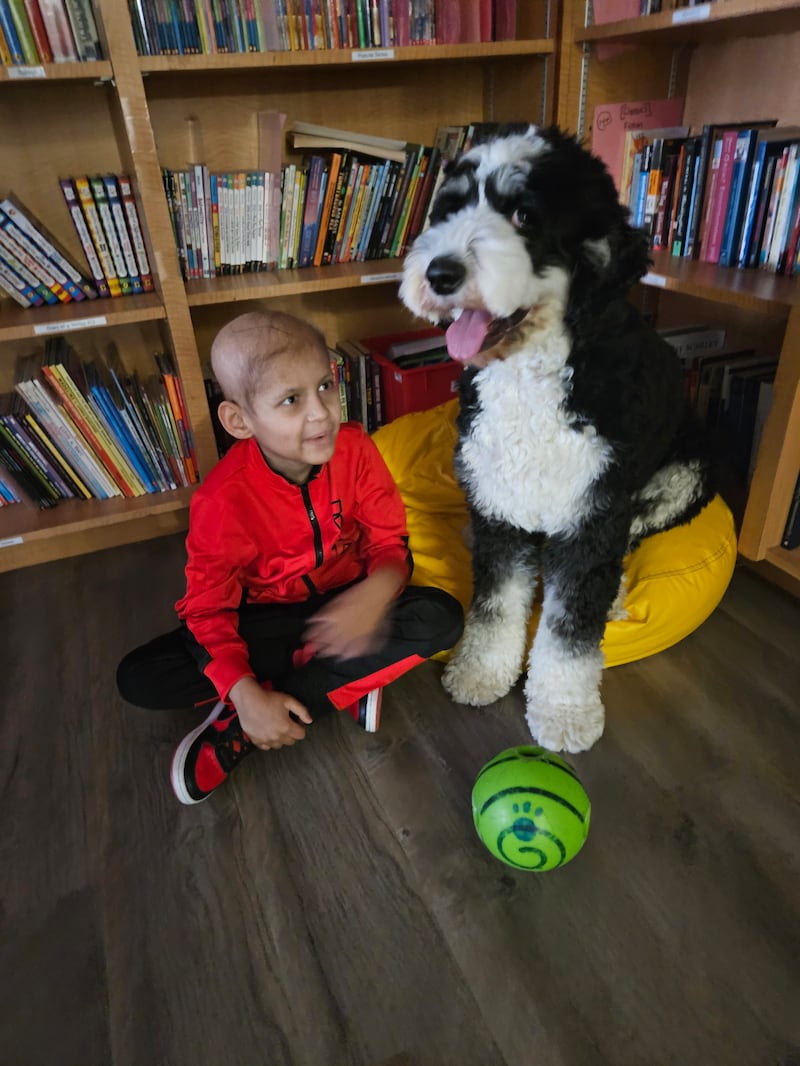Today I watched a mother who’s lost two young sons to an agonizing rare disease break the news to another mom that the symptoms she’s describing in her own son mean he’s about to die.
That his digestive system, often the last thing to go in a brutal disease called adrenoleukodystrophy, was no longer functional, and any forced feeding would only produce pain.
“You mean this is the end stage of the disease?” the distressed mother asked, wondering how many days she could expect her son to “survive” once she stopped the feedings.

The first mother, the one who’d already been through this grim reality, replied that she could only share what she experienced with her own two sons: “They both lasted 10 to 20 days.”
Both of those boys, Tahron and Tyree, would probably still be alive if ALD had been included in their newborn screenings when they were born, giving them ample time to prepare for a life-saving bone marrow transplant. Diagnosed too late, the disease had already sunk its hooks deep into their bodies, forcing them to waste away slowly and lose a little bit more life each day.
That’s what the progression of a terminal disease looks like; the child’s suffering progresses until the body can take no more. It’s enough to make even the staunchest of atheists believe in hell. I know I do now, after my own 8-year-old son was diagnosed with ALD.
As I watch him recover from a bone marrow transplant, I struggle to balance the relief I feel that we caught the disease relatively early with the nagging fear that it might have still been too late, that he too will diminish before my eyes until he is little more than a whimpering mess of blankets and feeding tubes.
These slow, agonizing deaths can be prevented—but our new science-averse health czar apparently doesn’t see that as a priority in his Make America Healthy Again crusade. Along with the 10,000 or so Health and Human Services staffers fired earlier this week, Robert F. Kennedy Jr. has terminated a key committee for combating rare genetic diseases.

The dismantling of the Advisory Committee on Heritable Disorders in Newborns and Children—a panel tasked with reviewing and recommending rare diseases to be added to the newborn screening panel recommended by the federal government—went almost completely unnoticed amid other, more sensational lunacy by the Trump administration.
The move was not announced publicly, and the Department of Health and Human Services issued no press release alerting the public of the decision. When I asked, HHS eventually issued a statement saying the committee was one of “the elements of the Federal bureaucracy that the President has determined are unnecessary.”
But the news hit the rare disease community like an earthquake, with numerous advocacy groups reporting they’d been notified by the committee that it had been “terminated, effective immediately” with no explanation.

“Such a sad day,” said Cassandra, the mother quoted above who has already seen firsthand what can happen without proper newborn screenings. “May it never be your child, grandchild, niece, nephew or a child of someone you love. Now it is more likely that it will be.”
The wider public could perhaps be forgiven for thinking this obscure panel devoted to “heritable disorders” is not really all that important.
The term “heritable disorders” is sterilized by necessity, deliberately cold and detached from the horrors it entails to protect those reading about it from the heartache they’d surely feel if they knew what these disorders actually looked like.
But think of it this way: The ACHDNC could have been the difference between an estimated four dozen toddlers each year suffering through a slow and excruciating death instead of getting the chance to go to preschool. Kids with Metachromatic Leukodystrophy, a rare genetic disease, often don’t even know they have it until they suddenly lose the ability to walk and talk, slowly go blind, lose control of all bodily functions, and die bedridden.
Their lives could be saved with gene therapy or bone marrow transplants—but only if it’s caught early enough, something newborn screening could easily provide. The ACHDNC was scheduled to vote in May on adding this disease to the screening panel recommended to all states by the federal government.
Now that vote has been discarded.
Perhaps DOGE viewed the committee as nothing more than an obscure acronym used by “bureaucrats” who don’t fit in with the Trump administration’s mission to line the pockets of the rich. Or maybe kids dying preventable deaths from genetic diseases are too much of a turnoff for Make America Healthy Again.
But then, we don’t even need to speculate; the HHS said the quiet part out loud in their statement—sick kids are simply disposable when it comes to “American freedom.”

